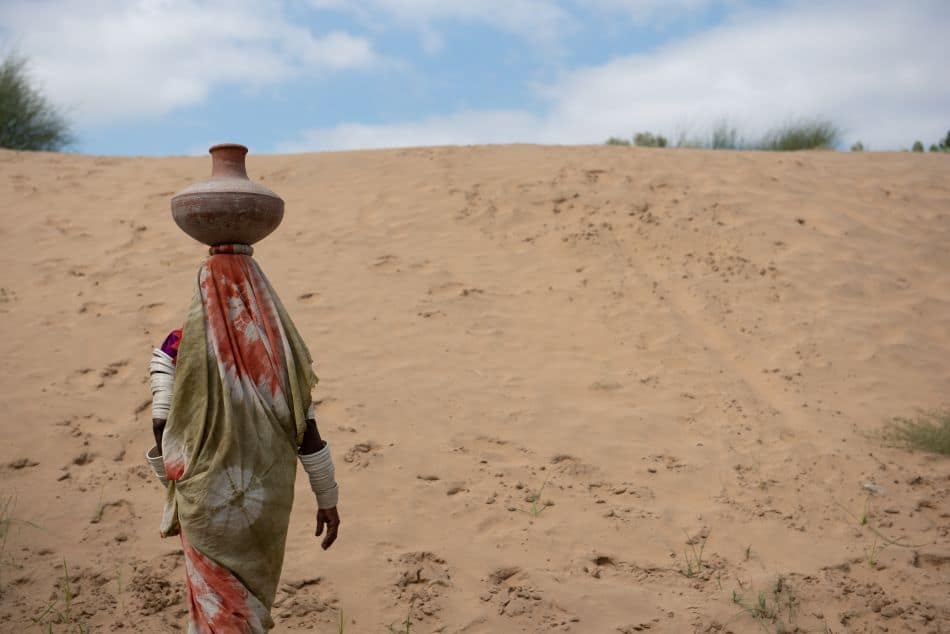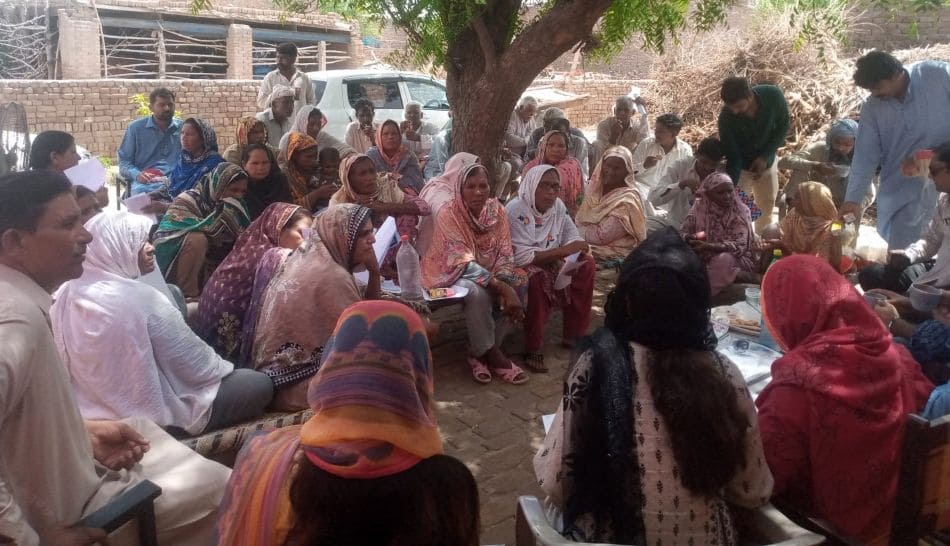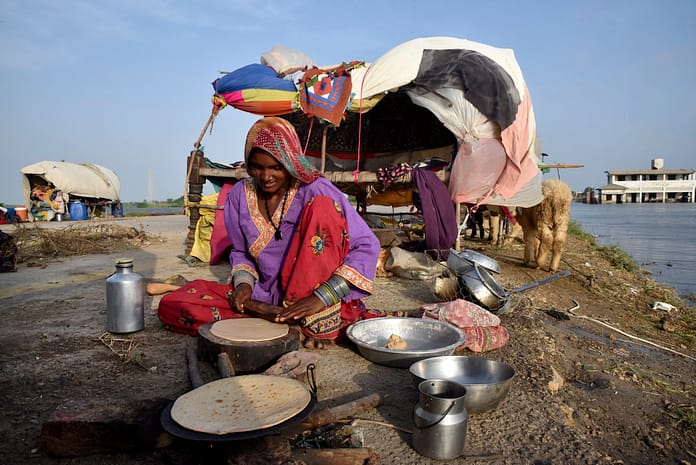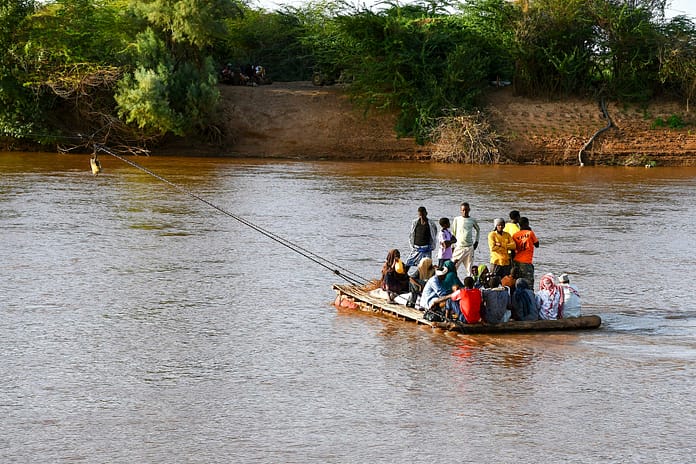
At the center of South Asia, Pakistan is on the edge of a water crisis that has intensified over the last decade. The 1998–2002 drought remains the most severe in the country’s recorded history, impacting over three million people and triggering widespread socio-economic hardship, particularly in the arid and semi-arid regions. The droughts of 2018 and 2019 were wake up calls, with severe drought affecting Balochistan and Sindh resulting in large-scale crop loss and displacement. The present situation is no less critical: more than 80% of the nation suffered due to the mild drought in 2023, with only temporary relief seen in 2024.
Pakistan, which gets 80% of its yearly rainfall from the monsoons, has less than 10% capacity to hold this water. With 90% of its water going into agriculture and almost half of that lost through inefficient irrigation, the nation is fast depleting its freshwater resources.
This is not only an environmental issue but also a social one, with profound impacts on the most vulnerable communities. When a region faces drought, the immediate effects may not be apparent. The drying up of rivers and the depletion of aquifers result in increased workloads for millions as they are forced to dig deeper wells and travel far to fetch water. Drought has a significant and disproportionate impact on those in poorer and more vulnerable regions, specifically women.
Researchers of the International Water Management Institute (IWMI) conducted a political economy analysis to understand the critical gaps in Pakistan’s water resources management. This revealed the lack of an integrated drought early warning system which limited Pakistan’s ability to take action before disaster struck. The study identified an urgent need for a coordinated national initiative to assess existing institutional frameworks, strengthen drought monitoring and forecasting capabilities, and establish a robust, responsive system for drought mitigation and management.
To address these gaps, IWMI collaborated with the Pakistan Meteorological Department to develop the country’s first Drought Management System, PakDMS. A digital breakthrough designed to enhance early warning capabilities and provide timely alerts on the onset of droughts, the innovative system enables more informed and proactive real-time decision-making. The core innovation lies in the system’s ability to integrate multi-source data to support this. Aligned closely with Pakistan’s National Water Policy of 2018, PakDMS marks a watershed moment in the country’s drought management as its interactive, visually intuitive dashboard merges multiple data streams — rainfall patterns, temperature fluctuations and soil moisture levels — into a dynamic, real-time overview of drought conditions. Decision-makers can track emerging drought risks as they develop, pinpointing vulnerable regions with precision. The impact is particularly profound for rural communities, where access to timely information can determine whether a season’s labor yields sustenance or ruin.

The PakDMS was co-developed with end users, including farmers and community members. As part of the Water Resource Accountability in Pakistan (WRAP) Program, IWMI worked closely with local communities and stakeholders in the Chakwal district of Punjab and the DI Khan district of Khyber Pakhtunkhwa, to ensure the system captured the ground realities and addressed real needs and experiences. During these engagements, community members emphasized the urgent need for a tool that could help them anticipate and mitigate the impacts of drought.
For example, Ishrat Bibi*, a farmer from the Chakwal district in Punjab said, “My source of livelihood is agriculture, and, due to past droughts and water shortages, I have faced significant losses in my agricultural productivity.” She said she had never received any information about upcoming drought spells.
Tahir Awan*, a young farmer, said, meanwhile, “Due to repeated droughts and water shortages, we have been forced to abandon agriculture and seek jobs in other cities. It is difficult to leave our homes and families, but we have been left with no other choice.”
Insights like these reinforced the importance of creating a community-centered drought monitoring system, specifically to support timely decision-making and resilience at the grassroot level.
The activity also supported Pakistan’s National Climate Change Policy, which promotes community-level adaptation for natural resource management and disaster preparedness.
Policymakers, meanwhile, have noted significant improvements in their ability to respond to drought conditions thanks to the system. Aisha Humera Chaudhary, Federal Secretary at Pakistan’s Ministry of Climate Change and Environmental Coordination, said, “The clarity and precision of the data provided by PakDMS have revolutionized our decision-making process. We can now make informed decisions quickly, which is crucial in managing droughts effectively.”
IWMI’s researchers have completed several modules, including a monitoring module, and have handed these over to the Pakistan Meteorological Department, with the Beta version of the PakDMS now available to the public. Researchers are currently working on forecasting and drought management modules which, once finalized, will allow the department to generate alerts for anticipated drought.
*Names changed to protect privacy.



